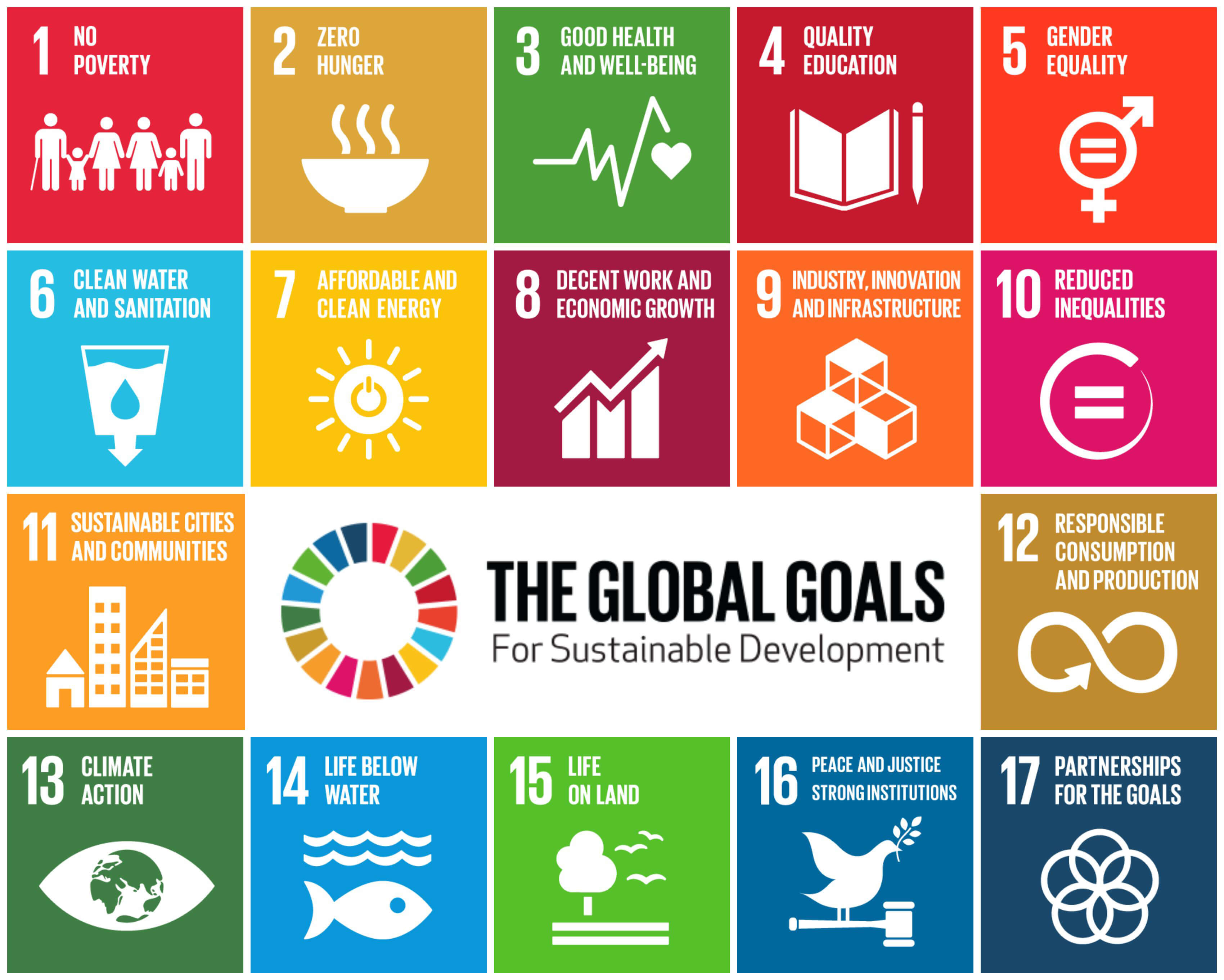The United Nations released a key report today showing how far the world still needs to go to reach its goal of totally eradicating extreme poverty by 2030. The report finds that as of 2013–the most recent date for which quality data is available — about 767 million people live under less than $1.90/day.
In 2013, an estimated 767 million people lived below the international poverty line of $1.90 a day — down from 1.7 billion people in 1999. That figure reflects a decrease in the global poverty rate from 28 per cent in 1999 to 11 per cent in 2013. The most significant progress was seen in Eastern and SouthEastern Asia, where the rate declined from 35 per cent in 1999 to 3 per cent in 2013. In contrast, 42 per cent of people in sub-Saharan Africa continued to subsist in conditions of extreme poverty in 2013.
In 2016, just under 10 per cent of the world’s workers were living with their families on less than $1.90 per person per day, down from 28 per cent in 2000. In the least developed countries, nearly 38 per cent of workers in 2016 were living below the poverty line.
The report was released ahead of a key meeting underway at the United Nations this week in which world leaders are gathering to assess progress made towards the Sustainable Development Goals. (The SDGs are a set of 17 goals and over 169 sub-targets to promote social and economic progress around the world in an environmentally sustainable way. The goals and targets were agreed to in 2015 and have a due date of 2030.)
Every country in the world signed onto these goals–and adopted them as their own — in 2015. There was great fanfare at the time, but a key challenge has always been to sustain that momentum and create incentives for countries to pro-actively take measures to implement the goals. That is where this meeting at the United Nations this week comes in.
The meeting is called the High Level Political Forum, or “HLFP” in UN-speak. Higher ranking officials from around the world, including ministers, NGO leaders, business leaders and other stakeholders gather at the United Nations to review progress toward the SDGs. One way this is achieved is through stock taking reports like the one released today. Another way is through a process called the “voluntary national review” in which countries agree to let other governments and civil society to review and critique their country’s progress toward the SDGs in an open forum.
These reviews are a key innovation of the Sustainable Development Goals. They play a necessary political role of focusing a government’s attention — at least for a moment — on the SDGs. Countries, after all, want to demonstrate national progress on the SDGs to their peers at the United Nations. These reviews add a degree of political and diplomatic importance to national plans to achieve the SDGs.
This year, 44 countries from every region of the world — rich, poor and middle income alike — are submitting themselves to this kind of review. This includes a diversity of countries, including Denmark, Ethiopia, Togo, Nepal and many others. They will open up their books and let other countries and civil society representatives weigh in on their progress and plans for the future.
There is no central global authority responsible for the implementation of the SDGs, so meetings like this one at the United Nations this week, in which governments and other stakeholders come together to take stock of their progress and strategize for the future, are arguably the most consequential global forum there is for the implementation of the Global Goals.
And it’s also important to remember that “implementation” means, among other things, the total eradication of extreme poverty by 2030. As today’s report shows, we still have a long way to go until that is realized.
